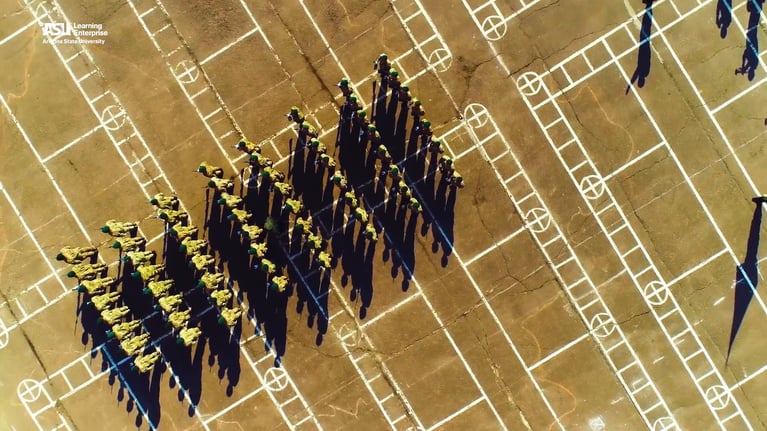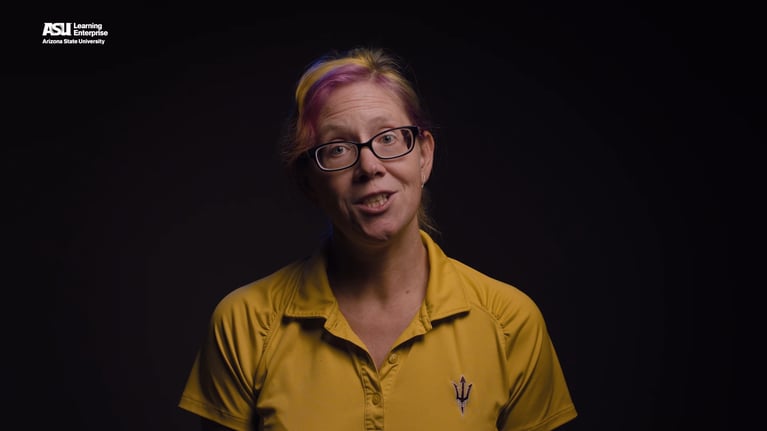Arizona's harsh desert environment, particularly in Phoenix, presents unique challenges for urban living due to extreme heat, with temperatures exceeding 38 degrees C for over 145 days in 2020. This makes it an ideal living laboratory for studying heat mitigation strategies. Phoenix's rapid urbanization and hot climate provide a perfect testbed for studying extreme temperatures and their impact on people. The city has even established a publicly funded “Office of Heat Response and Mitigation”. ASU, ranked #1 in innovation, collaborates with local governments to address sustainability challenges such as extreme heat, conducting research on cool pavements, reflective roofs, and tree-and-shade masterplans. The knowledge gained here has worldwide implications for dealing with climate change and extreme temperatures.
The Phoenix metropolitan area, also known as the Valley of the Sun, is in the northeastern reaches of the Sonoran Desert. Phoenix has a desert climate, designated as Köppen climate classification “BWh”, which basically means it’s hot and dry.
Phoenix features about 300 blue-sky days per year and averages an incredible 4,000 hours of sunshine! On average, air temperature in Phoenix peaks or exceeds 32°C (which is 90°F) for a total of 175 days each year! Nighttime air temperature is usually above 20°C (or 68 °F) between July and September.
The region only gets about 237 mm (or 9.3 inches) of rain per year. Most of the rain occurs in the winter between December and March, and during Arizona’s monsoon, which runs from mid-June through September.
2020 was one of the hottest years on record globally. That summer, Phoenix broke all heat records on the books! Phoenix had two weeks of maximum temperatures of over 46°C (or 115°F) and almost two months of over 43°C (or 110°F). Over 300 people died from heat that year.
Cities in the hot American Southwest are on the front lines of stressed water resources, extreme heat, and population growth. They are projected to be increasingly burdened by climate change. Recent summer heat waves in Phoenix could soon become the new normal. At the same time, they may give insight into possible future heat waves in other cities around the world.
Phoenix’s hot climate and rapid urbanization patterns make the metropolitan area a perfect testbed to study extreme temperatures, their impact on people, and to develop heat mitigation strategies. Phoenix is a perfect living laboratory that allows us to test cooling solutions in real-world settings in real neighborhoods with real people. It’s a testbed to develop adaptation and mitigation strategies that cities with less extreme climates may need before the end of the century.
Cities in the metropolitan area are recognizing and sometimes even embracing their distinctive position as climate pioneers. For example, the City of Phoenix is the first city in the nation to establish a publicly funded “Office of Heat Response and Mitigation” to fight the growing hazard of urban heat.
ASU has been ranked #1 in innovation for several years now and has been at the forefront of applied, solutions-oriented research. The university has a long-standing collaboration history with local governments in the Valley to co-produce knowledge and address sustainability challenges such as extreme heat. For example, researchers have teamed up with the Cities of Phoenix and Tempe to assess the impact of cool pavement on heat, investigated the cooling benefit of highly reflective roofs on bus shelters, and co-developed tree-and-shade masterplans. The department of energy recently awarded 25 mil. dollars to an ASU research team to collect climate data as urban integrated field laboratory, and the Arizona New Economy Initiative currently supports an Extreme Environments Science and Technology Center to increase resilience to climate extremes.


